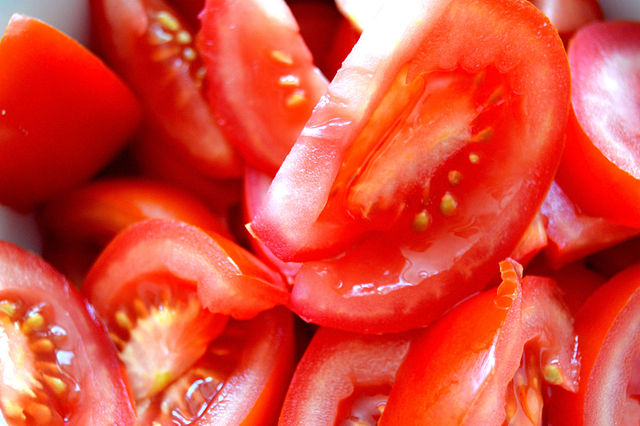A 2019 U.S.-Mexico agreement to suspend investigations on tomato dumping is ending July 14, 2025, rendering market prices uncertain.
The U.S. Department of Commerce has decided not to renew the pact and instead slap imports a 20.9% duty.
Since Mexico provides 70% of tomatoes in the U.S.’ market cheaply, the termination could raise prices this summer.
The expiring Tomato Suspension Agreement [TSA] goes back to 1996, with five renewals since then until 2019.
Despite the successive investigation suspensions, cross-border deliveries soared by 400% beginning 1996, forcing uncompetitive domestic pricing.
The last go on the suspension was a December 2024 review by the Federal Register. The governmental journal showed that terminating the agreement would still result to dumping levels of up to 30.48%.
Since then, President Trump’s upcoming tariff seems to have found a monetary solution to the journal’s findings.
Some associations from especially Florida and within Mexico itself are however against both the tariff and the scrapping of the TSA.
Consumers on the Line
As the deadline nears, industry analysts have shifted focus on how consumers in the United States could bear elevated costs.
Lance Jungmeyer, head of the Fresh Produce Association of the Americas told The Packer that costs could force “retailers…[to]…raise prices.”
Any great hike of 30% or 40% represents a margin that customers cannot bear-Jungmeyer suggests.
A hike in tomato prices in the U.S. has been bubbling since mid-2024 due to increasing production in Mexico, which has in turn promoted dumping.
Unless the Mexican side brokers an alternative agreement before July 14 antidumping measures will return. The statistics below explore the story further by spotlighting the U.S.’ tomato import industry, with emphasis on Mexico.
United States Tomato Prices & Imports Statistics
The United States and Mexico are each other’s leading trading partners. While Mexico provides 70% of all tomatoes in the American market, the U.S. supplies 70% of Mexico’s total agri-food needs. Regarding tomato trade, the heart of the matter is low prices across the border due to dumping. In 2024, for instance, tomatoes from Mexico sold in the U.S. at 20.91% below local market rates. This is however better than in 1996 when they had sold 188% lower than their local equivalents.
Does TSA impose price caps on tomato imports from Mexico?
The Tomato Suspension Agreement specifies certain rates for the sale of tomatoes from Mexico in American markets to reduce price uncompetitiveness. Despite this, cheap sales of imports in wholesale markets do persist.
How much tomatoes does the U.S. import from Mexico?
Tomatoes rank as the number 2 biggest agricultural import by the United States from Mexico after beer and spirits. The U.S. claims a 99.8% share of all tomato exports by Mexico, with the rest going to Japan and Canada. In 2023, fresh/chilled tomato imports into the United States from Mexico reached 2.006 million tonnes, worth over $3.04 billion. The U.S. also imported $1.26 million in processed tomatoes from Mexico in 2021.
Do tomato imports benefit the American economy?
General tomato imports from countries like Mexico create 30,000 jobs in the United States, according to The Packer. They also generate $3 billion across the value chain.
